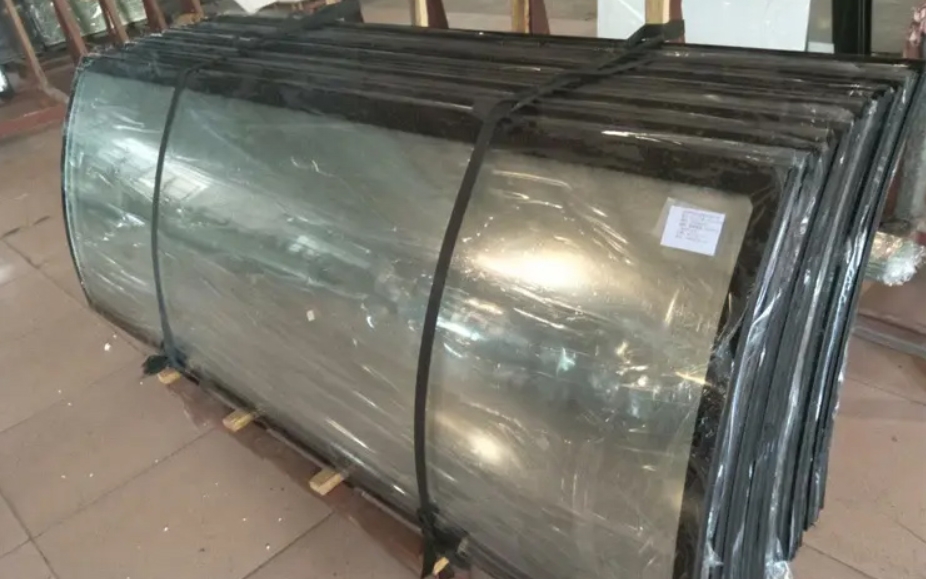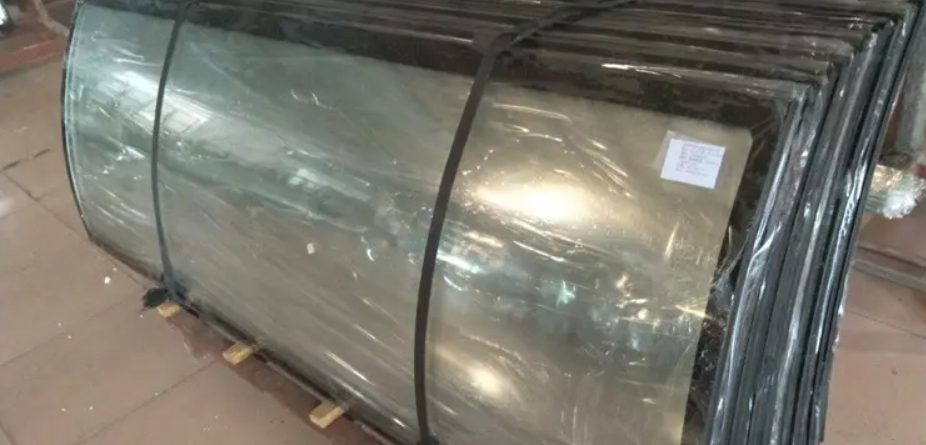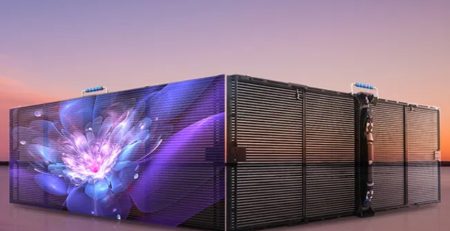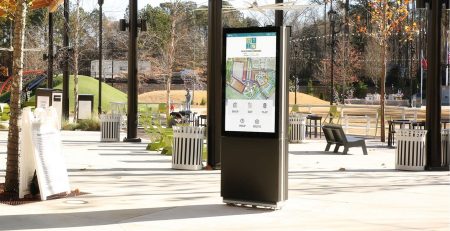In the touch screen, ITO glass plays a vital role, it is a glass with conductive properties, which is coated with indium tin oxide film on soda lime-based or borosilicate-based glass, prepared by magnetron sputtering method. For better application on LCD, a silica barrier layer will be coated before the ITO layer to prevent sodium ions on the substrate glass from diffusing into the liquid crystal box.

The main component of the ITO film is indium tin oxide, which has a high transmittance to oxygen, so the it used for LCDs is a high transmittance conductive glass. It also has excellent electrical conductivity, so it is widely used in touchscreens, liquid crystal displays (LCDs), solar cells, and other electronic devices that require a transparent conductive layer.
The main characteristics of ITO glass:
1. Transparent conductive
ITO glass has both good optical transparency and conductive properties. It has high optical transparency in the visible light band, usually light transmission rate of more than 85%, it allows light to pass through, ensuring the visual effect of electronic display devices. It also conducts electrical current and is therefore widely used in transparent electronic devices.
2.Physical Properties
With stable physical properties, ITO film has good chemical stability, high and low temperature resistance, even at high or low temperatures, it can maintain good conductivity and transparency. In addition, ito glass also has good corrosion resistance to oxygen and water, and can be well adapted to outdoor use, so it is suitable for use in outdoor or harsh environments.
3. Wide range of applications
Due to the special characteristics of ito glass, it can be widely used in the field of touch screen, solar cell, LCD display, smart window, building glass and so on. It can play a key role in capacitive and resistive touchscreens, as the ITO layer acts as a sensor array and can be used to detect the touch position.





